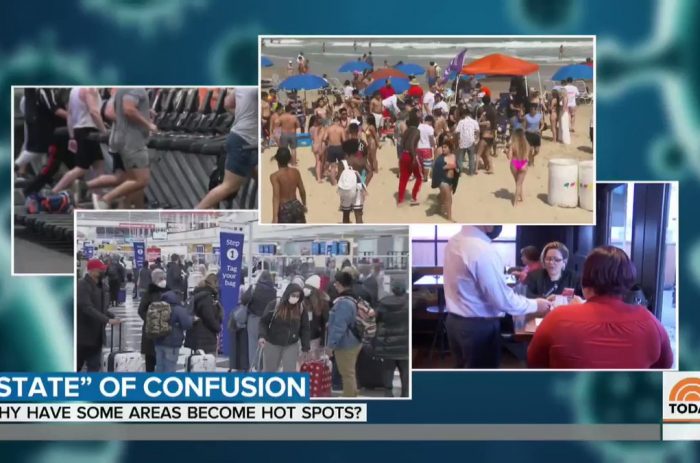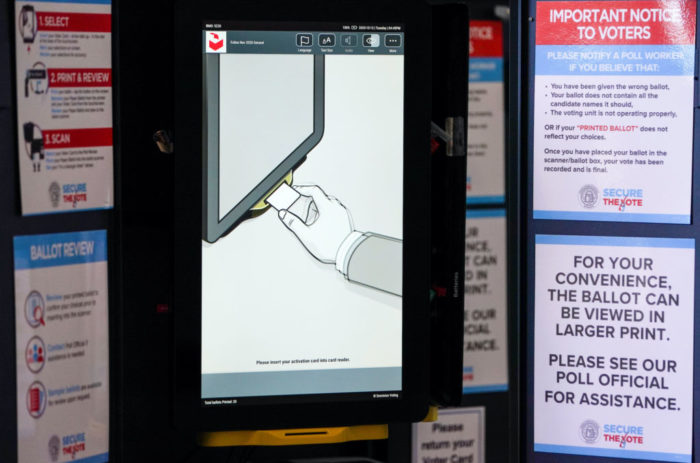redo Jump to...
print Print...
Directions
-Read the excerpt below from Tom Blumer at bizzyblog.com.
-Read "Types of Media Bias" in the right column. Then answer the questions.
From a post by Tom Blumer at bizzyblog.com (original post date 2/5/13):
In a Friday editorial, Investor’s Business Daily [IBD] picked up a disturbing downside in the January 2013 jobs report released by the government’s Bureau of Labor Statistics earlier that day: More people are working, but they’re working fewer hours per week. In certain sectors, including retail, the industry’s aggregate hours worked actually shrank compared to January 2012. …Chris Rugaber at the Associated Press: [described the jobs report] as “mostly encouraging.”
IBD relied on seasonally adjusted data in arriving at its findings. The raw figures (i.e., not seasonally adjusted amounts), representing the government’s best estimates of actual conditions during the month before seasonal smoothing, are even more disturbing — and far more relevant. This is especially the case in retail, as January is a month when retailers retrench after the Christmas shopping season; whatever pullback takes place will mostly stick for the next several months. A few paragraphs from the paper’s editorial, as well as a comparison of the raw and seasonally adjusted numbers in retail in January 2013 and 2012 [are below]. IBD reports:
Retail Workweek Hits 3-Year Low In ObamaCare Shift
The fly in the ointment of January’s jobs report was the apparent shift to part-time work ahead of a key ObamaCare deadline.
Although retail payrolls grew by 32,600, total hours worked in the industry dipped, Labor Department data out Friday showed.
The explanation? Rank-and-file retail workers logged the shortest workweek since early 2010: just 30.1 hours, on average, vs. 30.4 in December.
Remarkably, [total] hours worked in the retail sector fell below their January 2012 level, even though industry payrolls are up 200,000 over that period.
A similar trend showed up in leisure and hospitality: January payrolls rose by 23,000 even as aggregate hours dipped 0.3%.
… While the data are volatile and the shift to shorter workweeks in January was less than dramatic, this may be the start of something big. All signs suggest that businesses are starting to adjust their employment policies in response to ObamaCare. It’s possible that much of this shift may occur in the next few months.
IBD went on to cite four companies (Wal-Mart, Krispy Kreme, Darden Restaurants, and Frisch’s Big Boy Restaurants) which have specifically announced or disclosed in securities filings that they are shifting to more part-timers as a result of ObamaCare’s effective date.
…
Either IBD is right about ObamaCare’s impact, or the overall need for labor is shrinking because the economy is weakening — or a combination of both.
That’s not “mostly encouraging.”
To accurately identify different types of bias, you should be aware of the issues of the day, and the liberal and conservative perspectives on each issue.
Types of Media Bias:Questions
1. Mr. Blumer reports: “Investors Business Daily went on to cite four companies (Wal-Mart, Krispy Kreme, Darden Restaurants, and Frisch’s Big Boy Restaurants) which have specifically announced or disclosed in securities filings that they are shifting to more part-timers as a result of ObamaCare’s effective date.” This is not being widely reported in the media. What type of bias does the media display by not reporting this important news?
2. In November, blogger Doug Ross revealed that grocery giant Kroger is consciously keeping as many employees as possible on a 28-hours-per-week schedule to ensure that they stay below ObamaCare’s 30-hour mandatory healthcare coverage threshold. Why isn’t this big news?
3. Why do you think the media has not reported this news that IBD has publicized?
Scroll down to the bottom of the page for the answers.
Answers
1. The media displays bias by omission and selection of stories by not reporting this news.
2. Opinion question. Answers vary.
3. Opinion question. Answers vary.



